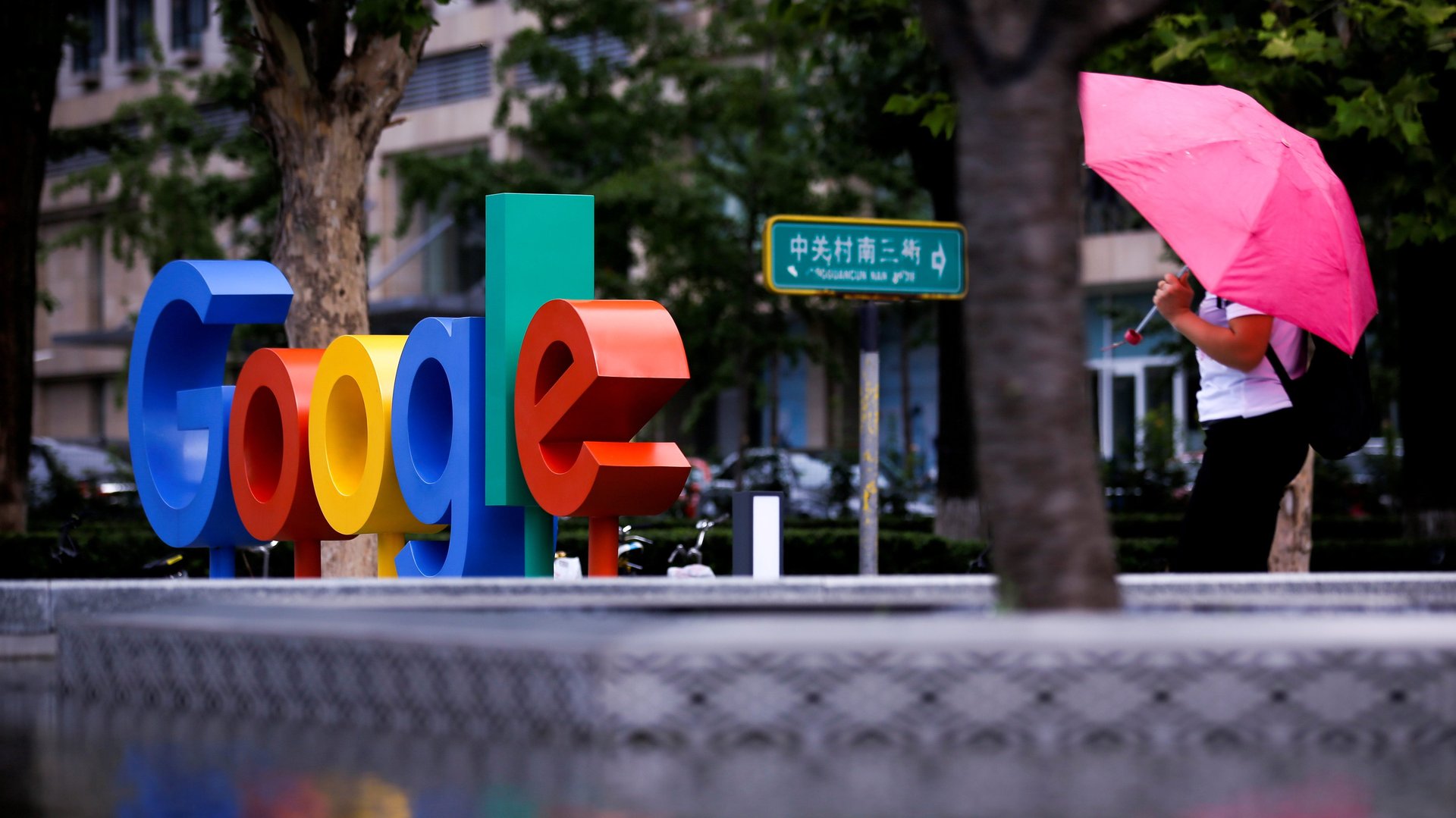Google holds the keys to web privacy in Africa and Asia
Internet users have been racking up privacy wins thanks to seismic changes in the digital ad industry. This week, Apple rolled out an update to its ID for Advertisers (IDFA) that’s expected to sharply curtail ad tracking on iOS devices. Meanwhile, Google Chrome is preparing to deliver a death blow to third-party cookies, which help advertisers track people who browse the web on laptops and desktop computers.


Internet users have been racking up privacy wins thanks to seismic changes in the digital ad industry. This week, Apple rolled out an update to its ID for Advertisers (IDFA) that’s expected to sharply curtail ad tracking on iOS devices. Meanwhile, Google Chrome is preparing to deliver a death blow to third-party cookies, which help advertisers track people who browse the web on laptops and desktop computers.
Both changes promise to give consumers more control over which companies collect their data for advertising purposes. Yet neither one of them will protect the privacy of the hundreds of millions of people who access the web via Android smartphones, which don’t rely on cookies or IDFA to track their users’ activity for advertising purposes. The fate of their privacy rests on an impending decision from Google: whether or not to follow in Apple’s footsteps and impose privacy restrictions on the Google Advertising ID (GAID) that allows advertisers to track people’s activity on Android devices.
Much of the web-browsing world relies on Android
Roughly 40% of all internet traffic comes from Android devices. That means Google’s GAID decision will impact nearly half the web-browsing world, but that impact will not be evenly distributed across the globe.
In North America, the world’s largest ad market, only about a fifth of all web traffic comes from Android devices. The remaining 80% of traffic comes from desktop browsers or Apple devices. With or without Google, a large majority of consumers will see at least some privacy benefits from the recent changes in the way the digital ad industry uses cookies and Apple’s IDFA identifier to track them.
🎧 For more intel on the Google ecosystem, listen to the Quartz Obsession podcast episode on Google docs. Or subscribe via: Apple Podcasts | Spotify | Google | Stitcher.
But in Africa and Asia, Android users account for a majority of all web traffic. And in several of world’s largest emerging markets, the number is even higher. Two-thirds of Nigerian web traffic comes from Android devices, as does more than 70% of Indian web traffic.
In these markets, most consumers won’t see any privacy impact from changes in the way that the ad industry uses cookies and IDFA. Instead, they’ll be waiting on Google to make up its mind about whether or not it wants to restrict GAID.
Apple’s setting the standard for privacy
Observers in the ad industry are betting that Google will eventually create privacy restrictions that mirror Apple’s. “Google has traditionally followed Apple’s lead from a privacy standpoint, and particularly since they’re under regulatory pressure as it is, they’re probably going to make moves that put themselves in the best possible light,” said Matt Voda, CEO of the adtech firm OptiMine.
But it might take a while. If Google restricts advertisers’ access to GAID, it will likely take the same approach it chose when blocking advertisers from using cookies to track people on its Chrome browser. Google announced a two-year grace period to give the industry time to adjust to the change, and is now working with advertisers to help them come up with alternative ways to target ads.
That stands in contrast to Apple, which seemed ready to spring changes to IDFA on the industry with little warning. After vocal pushback from companies like Facebook, Apple eventually relented and delayed the IDFA changes for nine months. “Google will try and arrive at a more pragmatic solution,” predicted Arun Kumar, chief data and marketing technology officer at the ad agency IPG. “It’s never going to be perfect, but it’ll be a lot better than, ‘You have two months to deal with this. Too bad. I’m against all of you.’”
Different business models, different outcomes
Google, in other words, is in no rush to make changes to how advertisers can track users on Android devices. After all, Google has fewer business incentives to prioritize consumer privacy than Apple does, as Shailin Dhar, CEO of the adtech firm Method Media Intelligence, points out. “There’s a huge difference in how Apple and Google are approaching this because they have a different customer base,” said Dhar. “Apple’s customer base is the consumer who bought an iPhone. Google’s customer base is the hardware manufacturers that make smartphones [which use the Android operating system] and the advertisers who buy and sell ads.”
It seems likely that Google will eventually arrive at much the same place as Apple, given its recent decisions to stop supporting cookie-based tracking and its public statements about the need for advertisers to stop using personal identifiers to track users. While the company makes up its mind, it’s giving the ad industry time to catch up. But the large contingent of internet users who rely on Android devices to get online will be browsing the web with fewer privacy protections than their peers on iPhones, laptops, and desktop computers.